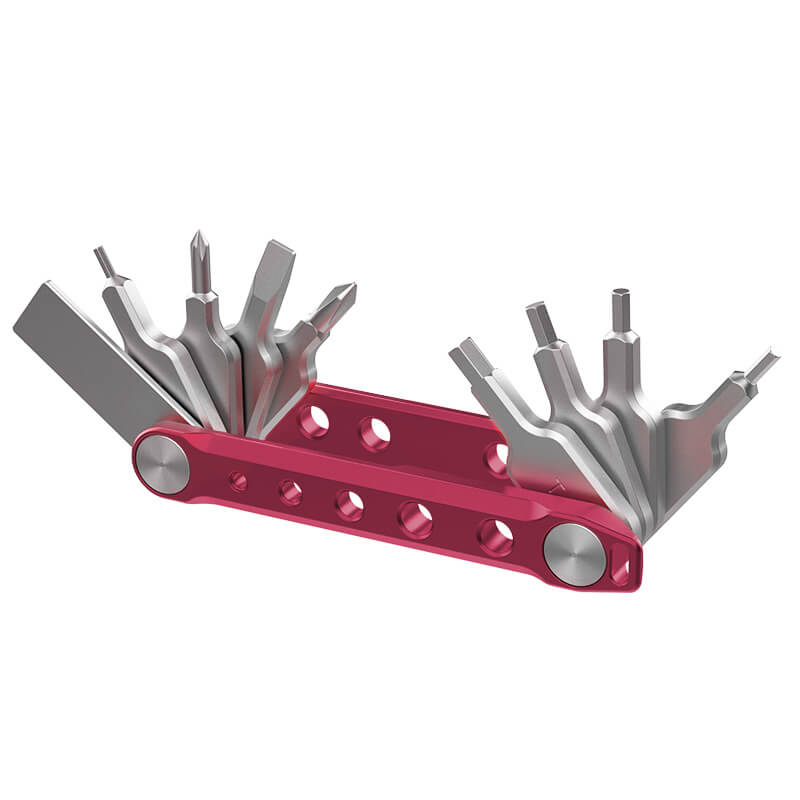Proper lighting is a crucial element in creating high-quality, engaging videos. Whether you're a beginner or a seasoned videographer, understanding the fundamentals of video lighting can take your productions to the next level. Good lighting enhances video quality, sets the mood and tone, and adds a level of professionalism that keeps viewers engaged. In this blog post, we'll cover the basics of video lighting, essential equipment, and techniques for setting up your lights to achieve the best results.

Basic Lighting Concepts You Need to Know
Before diving into the specifics of setting up your video lighting, it's important to understand some basic lighting concepts and terminology.
Key Lighting Terms
- Key Light: The primary light source that illuminates your subject, creating the main shadows and highlights.
- Fill Light: A secondary light source used to soften the shadows created by the key light and provide more even illumination.
- Back Light/Rim Light: It refers to the light placed behind the subject to create separation from the background and add depth to the image.
- Ambient Light: The existing light in the environment, such as natural daylight or room lighting.
Types of Lighting
- Natural Light: Sunlight or daylight that enters through windows or is present in outdoor settings.
- Artificial Light: Man-made light sources such as lamps, light bulbs and professional lighting equipment. There are two types you need to know about: Continuous Lighting, which stays on all the time and provides a constant source of light, and Strobe Lighting, which emits short, powerful bursts of light, often used in photography.
What Are Crucial Tools for Lighting?
To achieve the desired lighting for your videos, you'll need some essential equipment. Here are the key items to consider:
Lights
- LED Panels: Versatile, energy-efficient, and cool-running lights that offer adjustable brightness and color temperature.
- Softboxes: Light modifiers that diffuse and soften the light, creating a more flattering and even illumination.
- Ring Lights: Circular lights that provide even, shadowless illumination, popular for beauty and portrait videos.
- RGB Lights: Lights that can produce a wide range of colors, allowing for creative lighting effects and mood setting, which means RGB lights offer unparalleled flexibility in creating different color schemes and atmospheres. What's more, many RGB lights come with remote controls or apps that allow you to easily adjust colors and create dynamic effects.

Light Stands and Mounts
To position your lights effectively, you'll need sturdy light stands and mounts. Look for stands with adjustable heights and mounts that can securely hold your lights in place.
Modifiers
- Diffusers: Materials placed in front of the light to soften and spread the light, reducing harsh shadows.
- Reflectors: Surfaces used to bounce light back onto the subject, filling in shadows and providing more even illumination.

Additional Tools
- Gels: Colored transparent sheets placed in front of lights to change the color of the light output.
- Flags and Barn Doors: Tools used to control the spread and direction of light, helping to shape and focus the illumination.
How to Arrange Your Lights for Optimal Results
Now that you have your equipment ready, it's time to set up your lighting. One of the most common and effective setups is the three-point lighting system.
Three-Point Lighting Setup
- Key Light Placement: Start by placing your main light, or key light, at about a 45-degree angle to your subject. Position it slightly higher than eye level to create natural-looking shadows and highlight your subject's features.
- Fill Light Placement: Next, add your fill light on the opposite side of the key light. Keep the fill light at a lower brightness to soften the shadows and even out the overall lighting.
- Back Light Placement: Finally, place your back light behind and a bit higher than your subject, pointing it towards their head and shoulders. This will separate your subject from the background and add depth to the shot.

Adjusting Intensity and Position
- Using Dimmer Switches: Many lights come with dimmer switches, allowing you to adjust the brightness to achieve the desired exposure and mood.
- Experimenting with Angles: Play around with the angles of your lights to see how they affect the shadows, highlights, and overall look of your subject.
Balancing Color Temperature
- Matching Lights with White Balance: Ensure that your lights have a consistent color temperature and match your camera's white balance setting to avoid color casts.
- Using Color Gels and RGB Lights: Use color gels or RGB lights to customize the colors in your scene and create special effects. Choose colors that complement your subject or set the desired mood for your video. If you want to add visual interest and creativity to your shots, try to experiment with dynamic color changes and effects

Common Lighting Mistakes to Avoid
Even with the right equipment and setup, there are some common lighting mistakes to watch out for:
- Overexposure and Underexposure: Pay attention to your camera's exposure settings and adjust your lights accordingly to avoid blown-out highlights or overly dark shadows.
- Harsh Shadows and Uneven Lighting: Use diffusers, reflectors, and fill lights to soften shadows and create a more even illumination across your subject.
- Mixed Color Temperatures: Ensure that all your lights have the same color temperature to maintain a consistent look throughout your video.
- Neglecting Background Lighting: Don't forget to light your background to create depth and separation, and to avoid a flat, uninteresting image.
Unlock the Secrets of Professional Video Lighting
Mastering video lighting takes practice and experimentation, but by understanding the basic concepts, using the right equipment, and following the techniques outlined in this blog post, you'll be well on your way to creating beautifully lit, professional-looking videos. With patience and practice, you'll develop an eye for lighting that will take your video productions to new heights!






